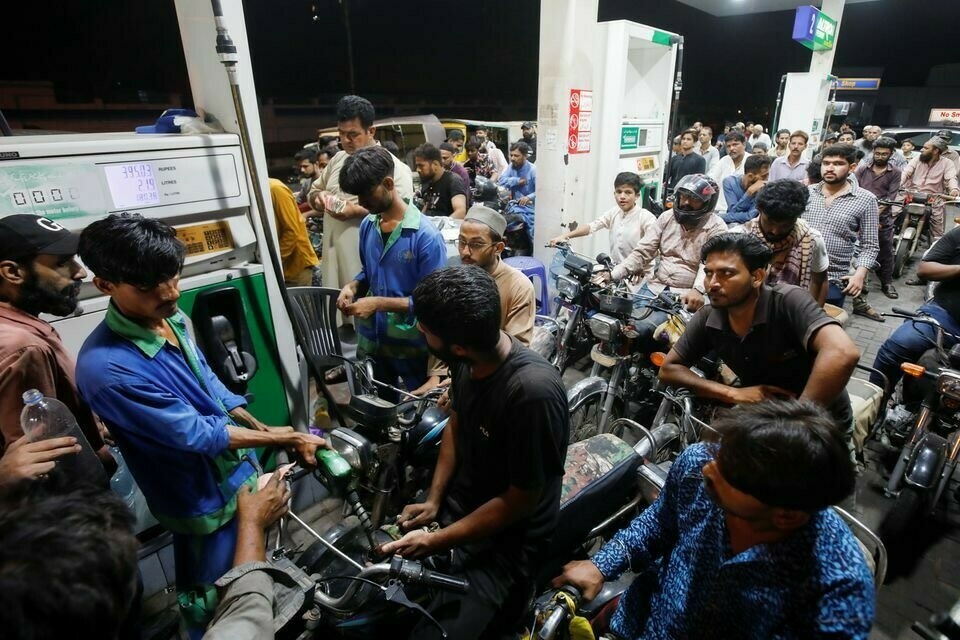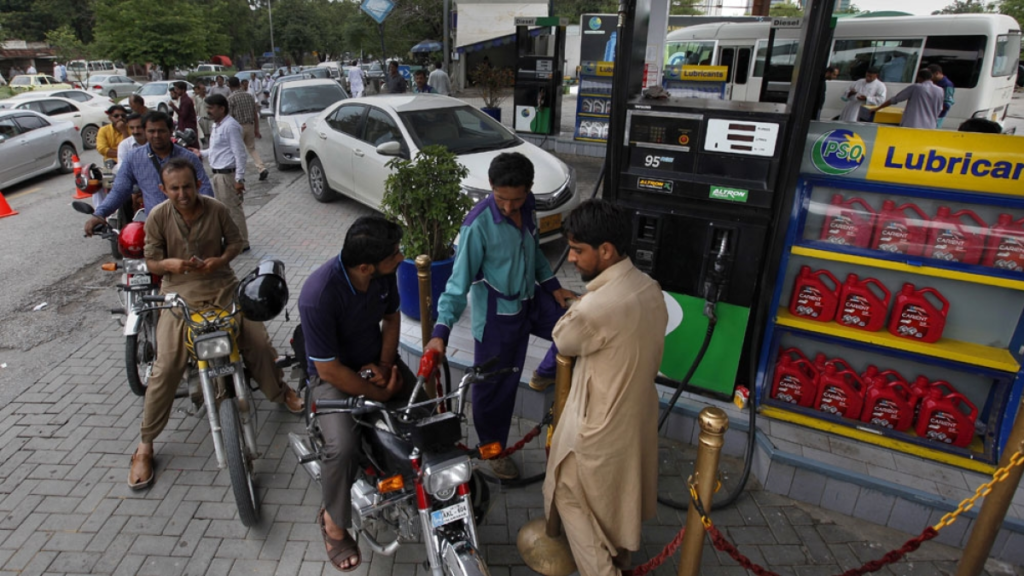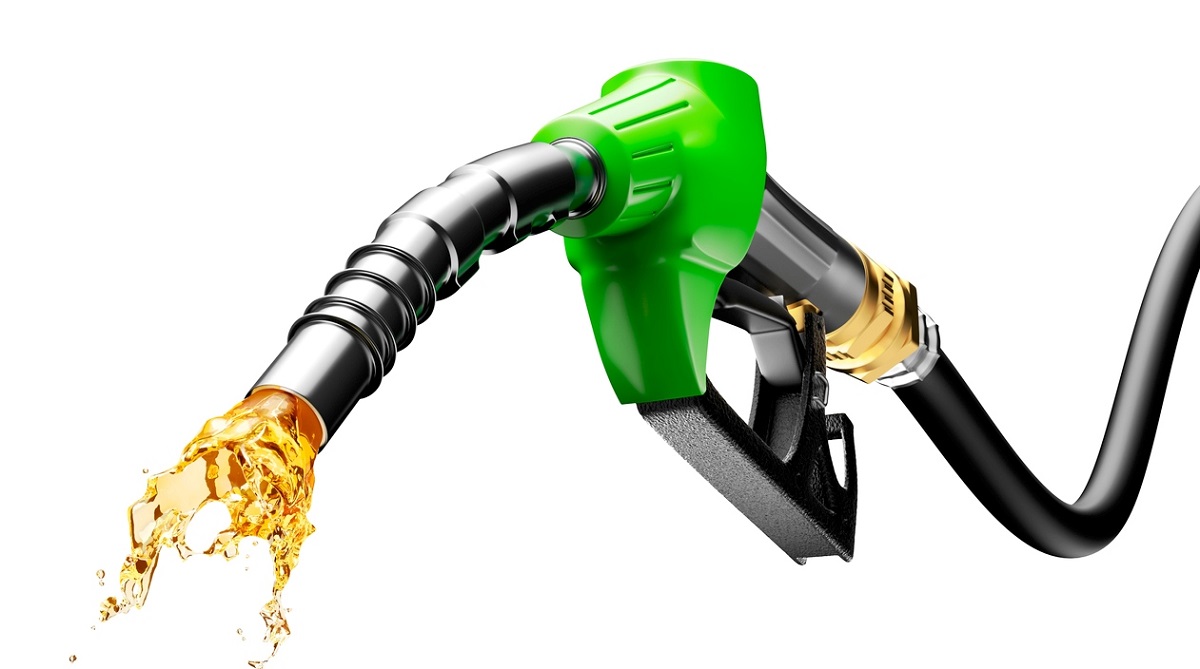As the Rupee strengthens in Pakistan, there is a growing sense of hope among consumers that petrol prices may be on the brink of a much-needed decrease. The recent surge in the Rupee’s value has ignited optimism, as it often plays a pivotal role in determining fuel prices in the country. Understanding the factors behind the Rupee’s rise is crucial to appreciating the potential impact on petrol prices. This blog explores the relationship between exchange rates and fuel costs, delving into the intricate dynamics of this connection.
The anticipation of lower petrol prices is not just a matter of personal savings; it extends to broader economic implications. As we examine the economic ramifications, we aim to provide insights into how this shift may influence the everyday lives of Pakistan’s residents. Intriguingly, consumer perspectives on the prospects of more affordable petrol are diverse and insightful. We’ll explore the various reactions and expectations from people across the nation.
Join us on this journey as we uncover the potential for cheaper petrol in Pakistan amid the Rupee’s rise. Let’s navigate through the following headings to gain a deeper understanding of this promising development.
Understanding the Rupee’s Recent Surge
In recent times, the Pakistani Rupee has experienced a significant surge, bolstering hopes for a reduction in petrol prices. This surge is attributed to multiple factors, including improved economic stability and favorable trade balances. Understanding the Rupee’s rise involves analyzing these key contributors. A stable political climate and increasing foreign investments have been instrumental in boosting the Rupee’s value. These factors have instilled confidence among investors, leading to a higher demand for Rupees in the forex market. Moreover, the government’s effective management of external debt and economic reforms has had a positive impact on the Rupee.
In summary, comprehending the Rupee’s recent surge is essential to grasp the potential implications for petrol prices. This increase in currency value signifies a positive shift in Pakistan’s economic landscape, with the promise of more affordable fuel on the horizon.
Impact of Exchange Rates on Fuel Prices
Exchange rates play a pivotal role in determining fuel prices in Pakistan. As the Rupee strengthens, it can directly impact the cost of petrol. The connection between exchange rates and fuel prices is intricate and worth examining. A stronger Rupee typically leads to a reduction in fuel prices, making it more affordable for consumers. This correlation is vital, as it affects the daily lives of the general population. Conversely, a weaker Rupee often results in higher fuel costs, creating financial challenges for individuals and businesses.
As we delve deeper into this relationship, it becomes evident that exchange rates are not just numbers on a screen but have real-world consequences. They have a direct bearing on the cost of living for the people of Pakistan, making this an issue of widespread concern. In conclusion, understanding the impact of exchange rates on fuel prices is essential for consumers and businesses alike. It highlights the direct link between currency fluctuations and the affordability of petrol in Pakistan.
Anticipating Lower Petrol Prices in Pakistan
The anticipation of lower petrol prices in Pakistan is a topic of great interest, and for good reason. A strengthening Rupee raises the prospect of more affordable fuel for consumers across the country. Let’s explore what this anticipation means for the average citizen. Lower petrol prices can have a direct impact on household budgets. With reduced fuel costs, families may find relief from the financial burden of daily commuting and transportation. Additionally, businesses that rely on transportation will experience reduced operational expenses, potentially leading to better pricing for goods and services.
It’s not just about savings; it’s about economic stimulus. As petrol becomes more affordable, people may have more disposable income, which can boost consumer spending. This, in turn, can have a positive effect on various industries and the overall economy. In conclusion, the anticipation of lower petrol prices is more than just a personal financial benefit; it has the potential to stimulate economic growth and enhance the well-being of the people in Pakistan.
Economic Implications of Cheaper Petrol
The economic implications of cheaper petrol in Pakistan are far-reaching and multifaceted. As petrol prices decrease amid the Rupee’s rise, there are several key aspects to consider in this complex economic equation. For consumers, reduced petrol prices translate to lower transportation and commuting expenses. This results in increased disposable income, which can be redirected towards savings or other goods and services. Additionally, businesses reliant on transportation benefit from reduced operational costs, which may lead to more competitive pricing and improved profitability.
On a macroeconomic scale, lower petrol prices can contribute to decreased inflationary pressure. As transportation costs decrease, the prices of goods and services are less likely to rise rapidly, ultimately contributing to economic stability.
In conclusion, the economic implications of cheaper petrol extend to both micro and macro levels, impacting the financial well-being of individuals and the overall economic health of Pakistan.
Consumer Perspectives and Optimism
Consumer perspectives on the prospect of more affordable petrol in Pakistan are diverse and insightful. The Rupee’s rise has ignited optimism among the general population, and their views on this development are worth exploring. Many consumers view lower petrol prices as a welcome relief. Reduced transportation costs mean more money in their pockets, which can be allocated to other expenses or savings. This leads to a sense of financial security and stability.
On the other hand, some consumers are cautiously optimistic, recognizing that fluctuations in exchange rates can be unpredictable. They hope for long-term stability in petrol prices but remain vigilant about potential reversals. In conclusion, understanding consumer perspectives and optimism regarding cheaper petrol in Pakistan provides valuable insights into the impact of these changes on everyday lives and financial planning.
Conclusion for the Entire Blog
In this blog, we have explored the recent surge in the Pakistani Rupee and its potential impact on petrol prices. We began by understanding the factors behind the Rupee’s rise and its significance. We then delved into the intricate relationship between exchange rates and fuel prices, recognizing how it affects daily life.
Anticipating lower petrol prices brought us to a discussion of the economic implications, highlighting the potential benefits for both households and businesses. Finally, we explored consumer perspectives and the optimism that this promising development has sparked.
As the Rupee strengthens, the hope for cheaper petrol in Pakistan becomes more tangible. It offers not only financial relief but also the promise of a more stable and prosperous economy. The understanding of these dynamics is essential for every citizen and business in Pakistan, as they navigate the evolving landscape of fuel prices and currency exchange rates.









